
Textile Folding Doors
Design textile folding doors at the service of your projects.

A bit of history
Dooor is the project of a young entrepreneur who decided to make use of the experience gained in the family business, a company specialising in the production of folding doors that was founded by his grandfather in 1962.
The folding door made its debut in the 50s, inspired by the ideas of various architects on modern housing: it is a furnishing accessory that can be used to open up, divide or screen off an indoor area according to the desired layout.


The Dooor brand’s collection of folding doors maintains these unique functional features while broadening its aesthetic horizons, thanks to new printing techniques and the use of high-tech cladding materials.
The result is an architectural element with a minimalist look that connects spaces seamlessly, but which is also decorative and capable of adding a distinctive and highly individual touch to the rooms in which they are used.



Famous architects and designers
The character of an interior is determined by the cut of the spaces, by the psychology of light, by the intuitions of the designer who transforms a volume of full and empty spaces into a versatile habitat. What allows the space to be divided without sacrificing the sense of the whole are the thresholds. Curtains, doors, windows and sliding walls are thresholds. A synthesis of these elements is the bellowed door, a bizarre twentieth-century idea used by architects and designers from all backgrounds and backgrounds. The reducibility of space, the separation of environments, the declaration of a function, the break between what is public and what is private are the results that a folding door offers. There are many memories of mythological interiors where these doors have played a significant role. With clutter due to suggestions, here’s a selection. Eileen Gray, from the mid-twenties of the last century, designed two residences with Jean Badovici. In Roquebrune, Cap Martin and Paris, she used devices to create hybrid surfaces. They were not doors, they were not tents, they were limits, spatial divisions that expanded or reduced the space according to the pulling that could be imposed. These separations that borrowed intelligent ideas from the mechanics and culture of outdoor became an element of absolute novelty for the typological innovation that represented, for the ease of construction, for the simplicity of the materials. But it was not only the French modernists who asked themselves these questions, in fact at the beginning of the 1930s Franco Albini in Milan for the furnishing of his home Peiti separated the sleeping area with a black waxed canvas curtain armed in a chrome-plated steel structure.
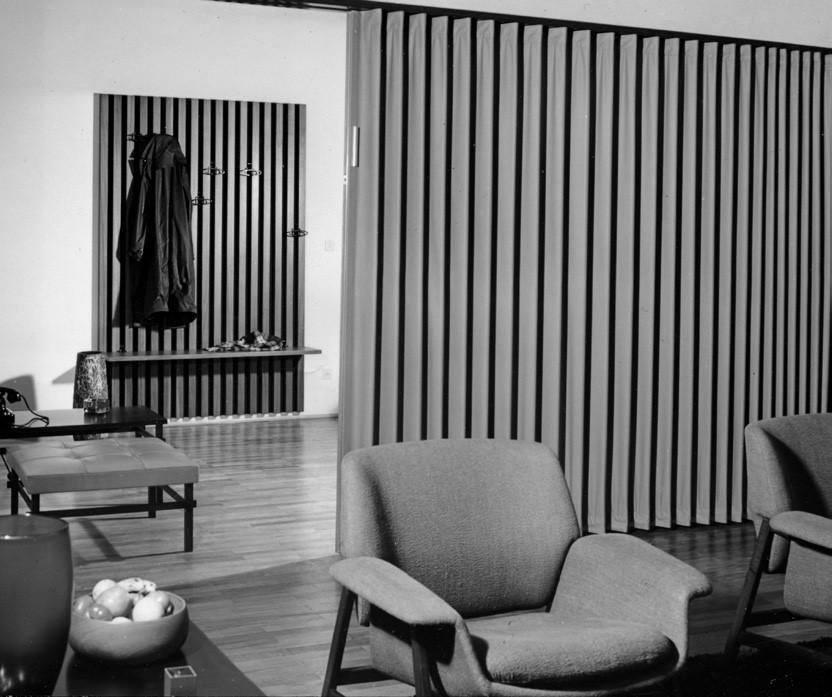
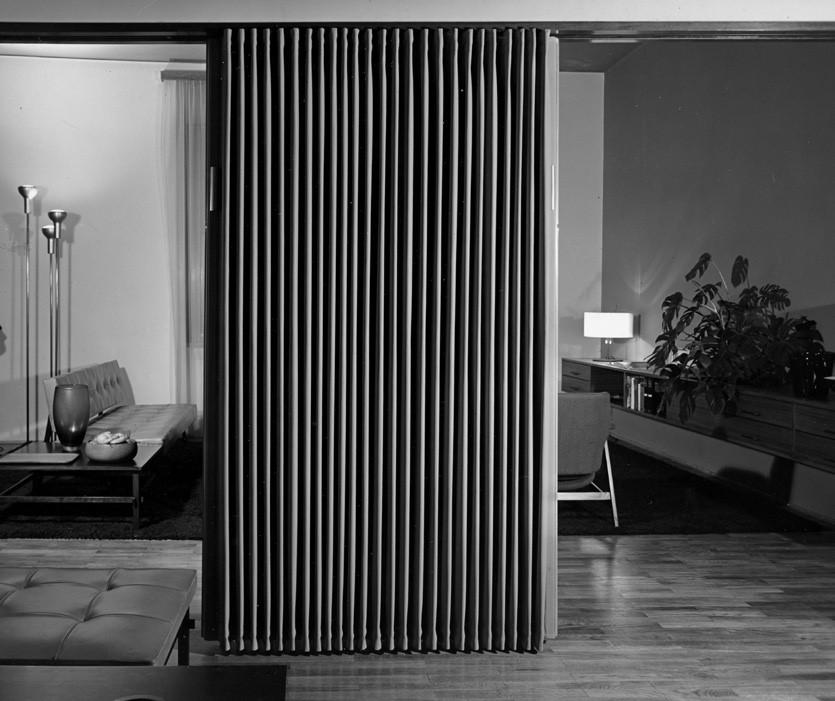
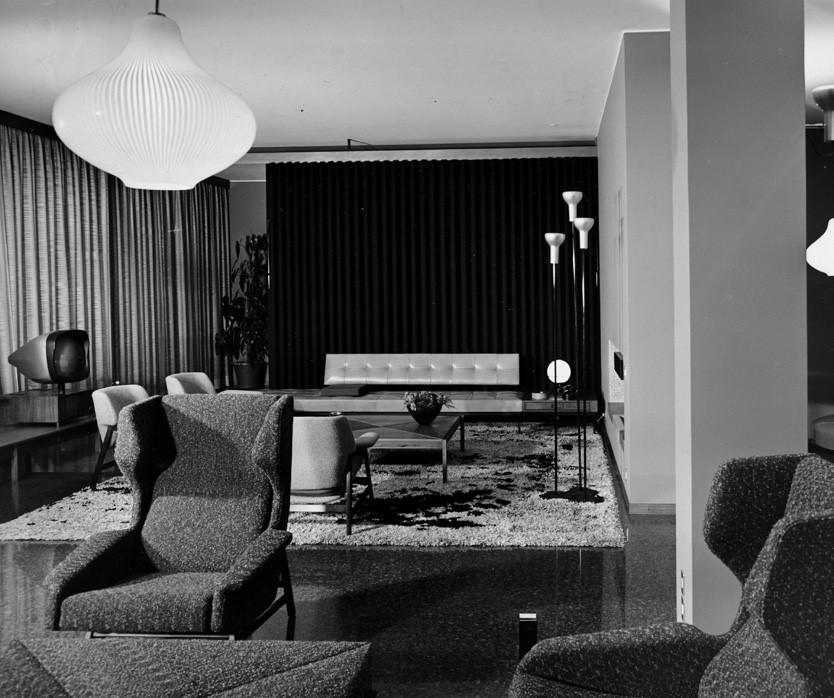
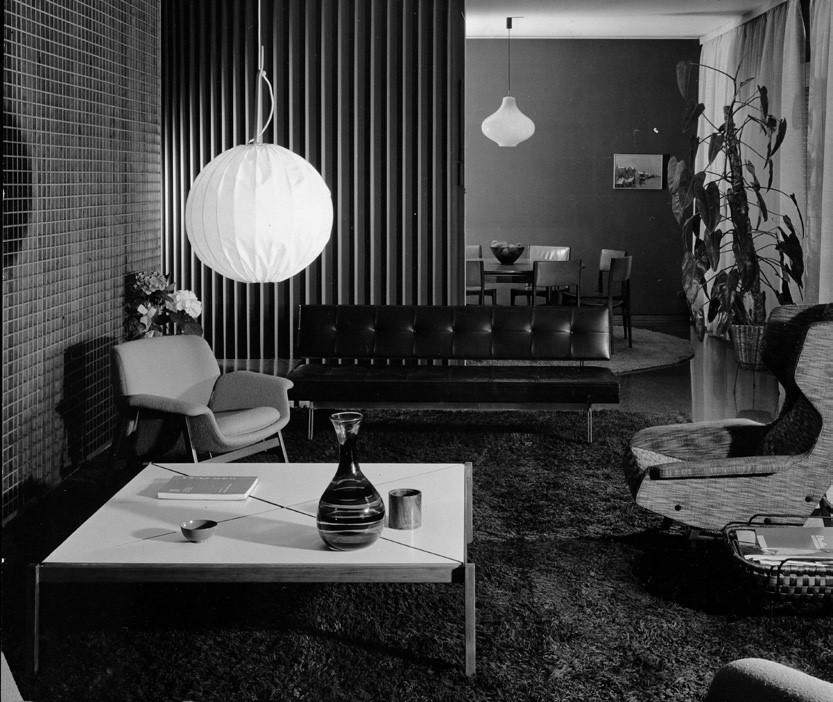
Apartments in Milan designed by Gianfranco Frattini, 1957-61 Courtesy Gianfranco Frattini Archive
However, the Italian champion, also in this matter, was Gio Ponti, who already in 1954 at the tenth International Exhibition of the Triennale in Milan presented a stay of a “uniambiental home” with a folding door. The project was signed with Gianfranco Frattini, Alberto Rosselli and Antonio Fornaroli. What Ponti called “great space to live” was achieved through a creative and unprecedented use of sliding doors with bellows. He did so starting from the design of his house in Via Dezza 49 in Milan. The project conceived between 1955 and 1957 has almost no doors, Ponti replaced them with sliding doors with bellows. They were perfect for composition and decomposition in space, they had sound absorbing properties. With Joe Colombo, between 1969 and 1972, bellows doors became the symbol of a futuristic domesticity where modular devices could become fluid, compact, promiscuous and individual at times. This was the case with “Visona 1” for Bayer AG, which first at the Interzum Exhibition in Cologne and then at the Museum of Science and Technology in Milan defeated the public and critics with an idea of a house that could be packaged, transported, revolutionary and without a hierarchy between inside and outside. A sleeping and eating machine with rails, joints, mirrors and transformable furnishings where the walls were made of laminated plastic, the slatted curtains, the yellow hood of the bed. A hyperbole that also at the MoMA in New York during the exhibition “Italy: The New Domestic Landscape” generated amazement and debate. This time it was the “Total Furnishing Unit” that pushed the dynamism of the interiors towards a continuous state of transformation.
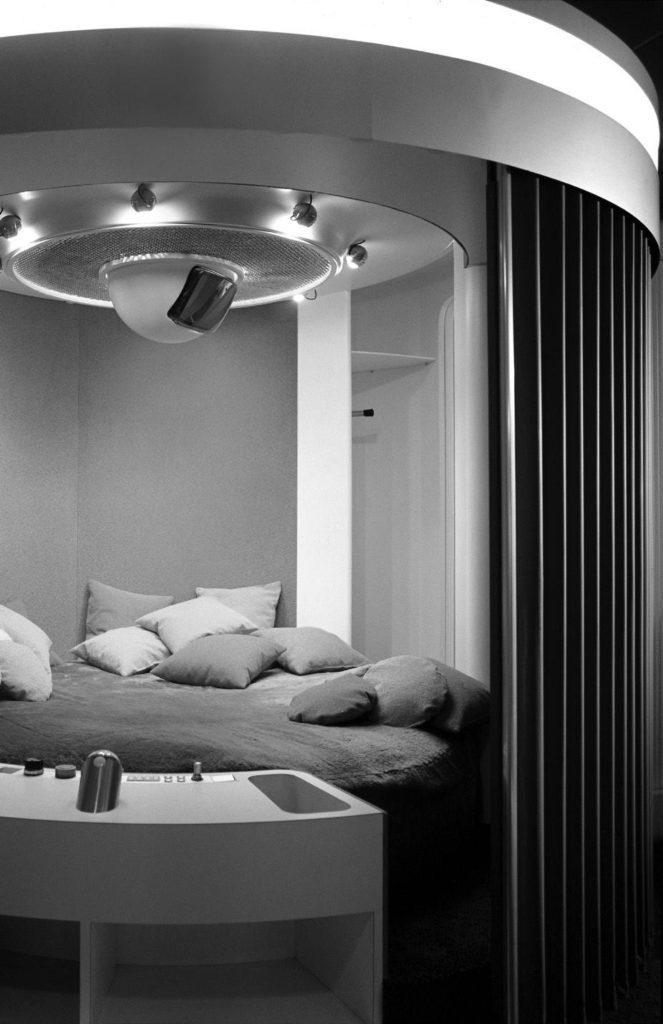
Interior of Visiona 1 designed by Joe Colombo, 1969 Credits Ignazia Favata – Studio Joe Colombo
No less important were Gianantonio Mari, always on the occasion of the same exhibition, with the “Modular Equipment for new domestic enviroments”, Alberto Rosselli with Isao Hosoe and the “Mobile house” extendable thanks to sophisticated macro bellows. An explosion that then seemed to fade even if the use of the folding door appeared in the interior designs of some key figures of the eighties delivered to the literature of the sector. These included Toni Cordero, Paolo Deganello, Massimo Carmassi and Gabriella Ioli. From that moment on, the bellows door seemed to become a sophisticated habit or a quotation from the past or, in the worst case scenario, an obligatory choice for rooms with results or dental surgeries. Yet the themes of the economy of space, of functionality and discretion of decoration have no time, on the contrary, they are overwhelmingly affirmed in the contemporary practice of interior design. This is precisely where the modernity of a design idea lies, which returns to the public’s attention with its hybrid and intelligent form.
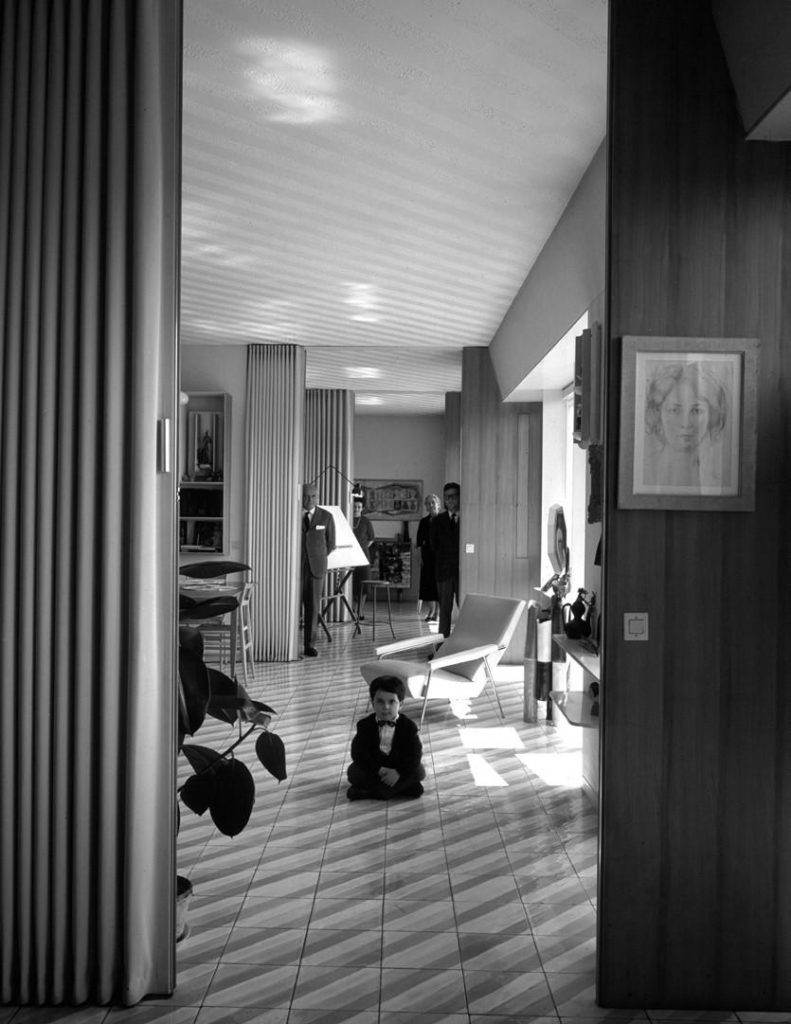
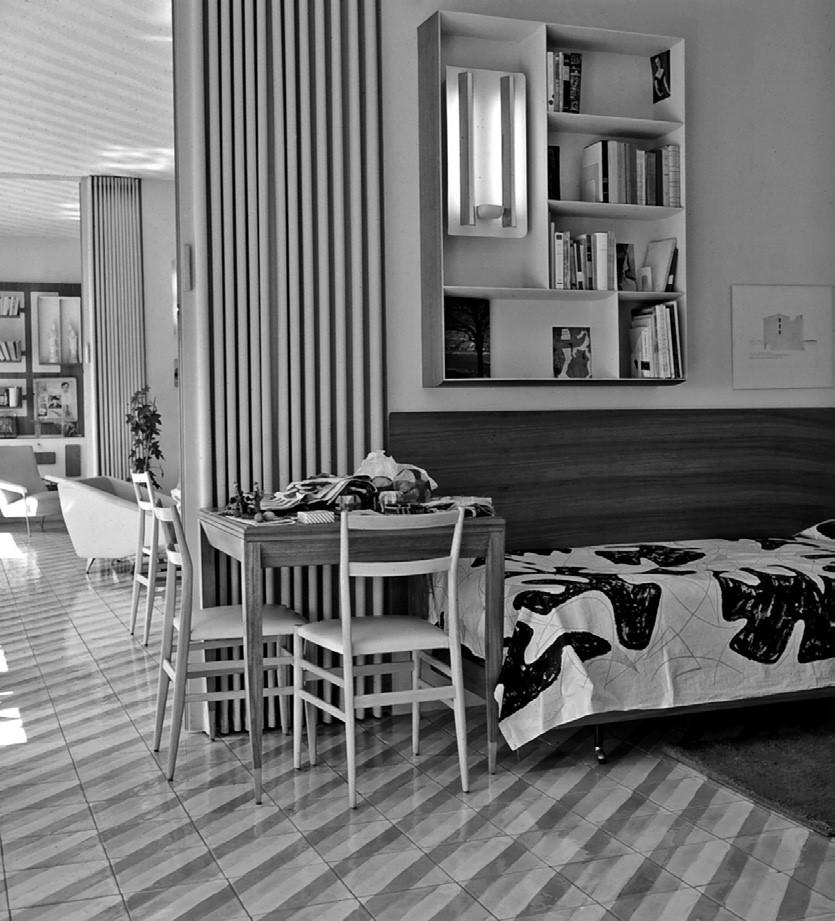
Gio Ponti’s apartment in via Dezza, Milan 1956-57 Courtesy Gio Ponti Archive
About DOOOR product
Dooor is like a blank canvas in an artist’s hands: pure potential
Opening system
Dooor folding doors feature opening systems designed to enhance spaces of various kinds. The door can have lateral opening, bilateral opening, centred central opening, decentred central opening, multiple opening.
Track
The aluminium track is the product of a technology in which steel pivots connect multiple modules, permitting potentially infinite length. The accuracy of this alignment adds fluidity to its movement. This element may be visible (when the door is folded), built-in, curved, standard or adjustable.
Closing system
The closing systems on Dooor folding doors represent a combination of accuracy, minimalism, elegance and practicality. There are two possible closing systems: with an aluminium profile or without a profile. In both systems, the door is closed by a magnet, which may be integrated into the profile or set into the wall. Use of a special closing system with a latch or with a latch and lock using the European cylinder system (optional) makes for more solid closure.


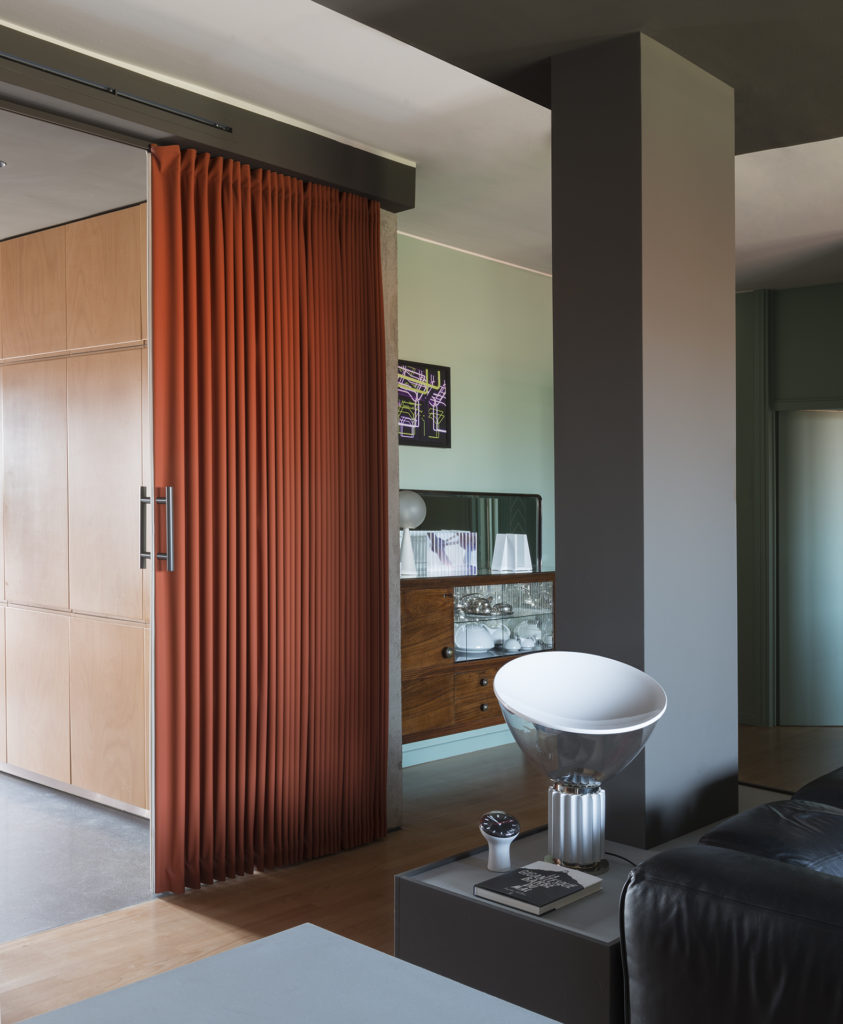

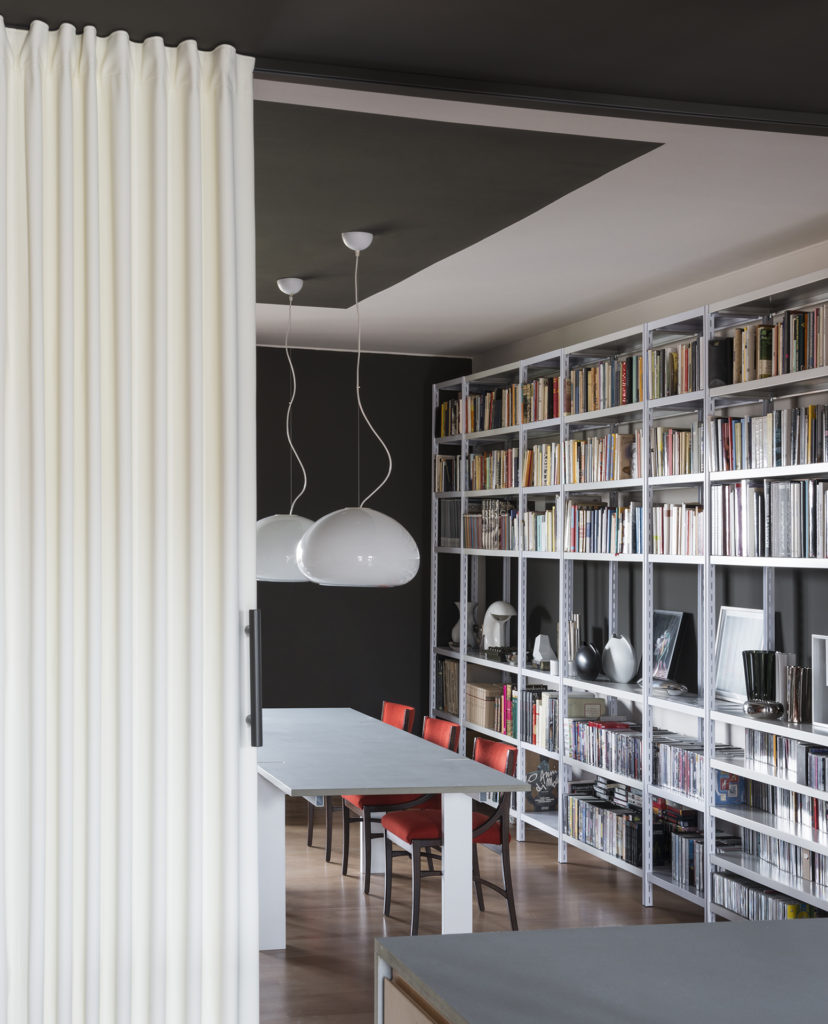
Are you ready to create your own project? The Textile Folding Doors are available in our shop! Take a look and let your imagination run wild!
If you liked our article, have a look at Back to Vintage Style



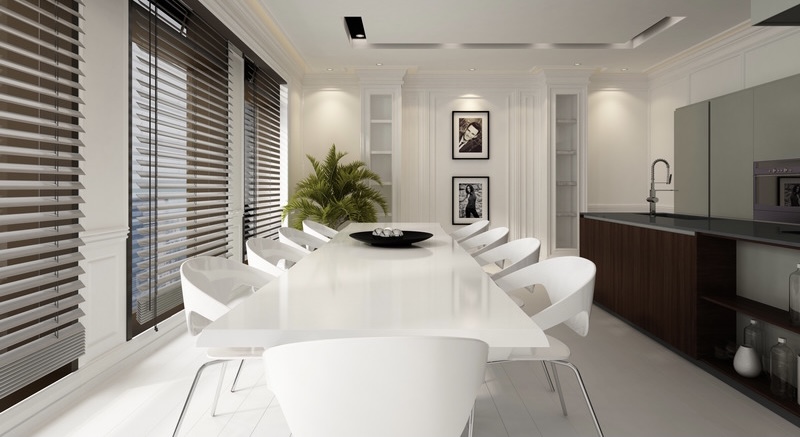
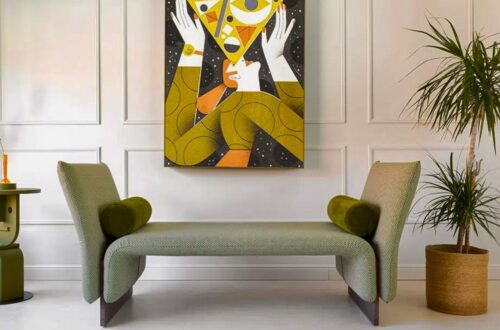
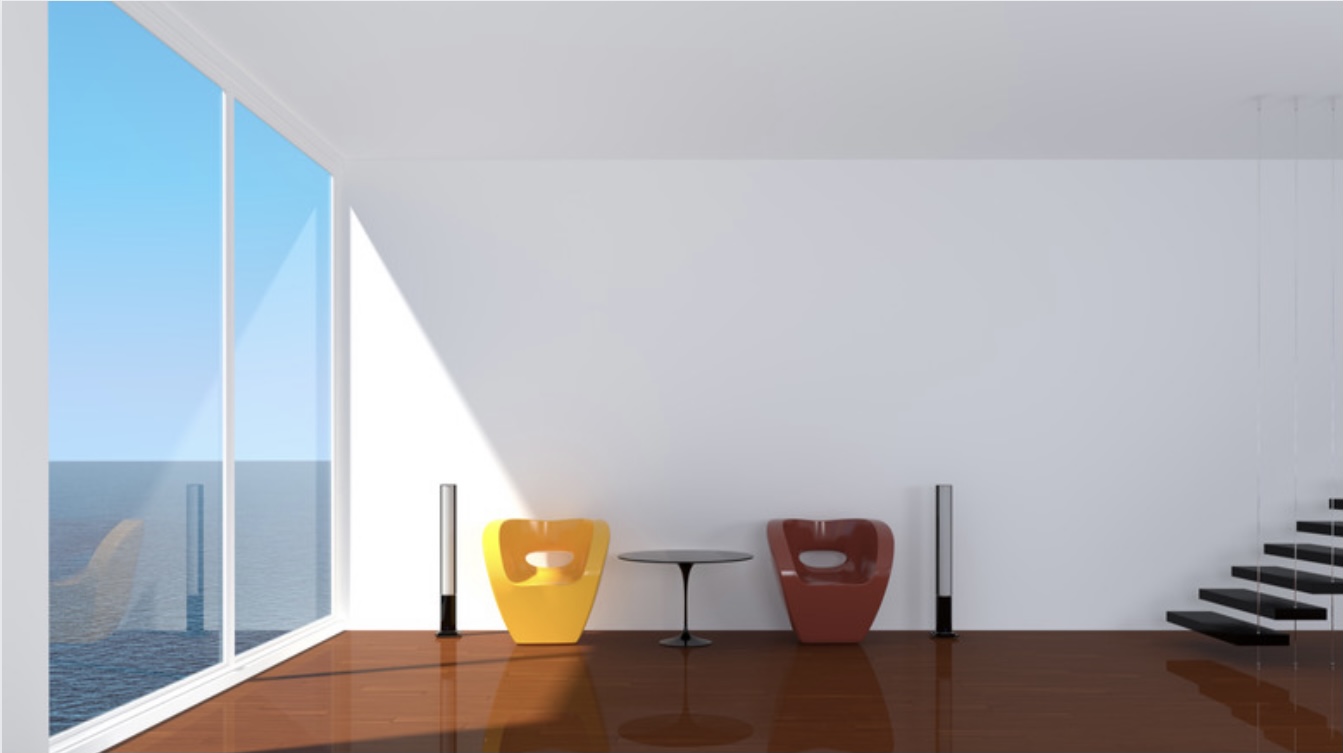
3 Comments
Cecilia Portela Martinez
Buenas noches,
mi nombre es Cecilia Portela Martínez, soy arquitecta y me gustaría saber si ustedes envían a España y cuanto costarían dos unidades de Textile Folding Doors de estas dimensiones:
1 unidad: 4,28×2,35m (ancho por alto total de suelo a techo)
1 unidad:4,10×2,20m (ancho por alto total de suelo a techo)
Muchas gracias
Cecilia Portela
Pingback:
Pingback: